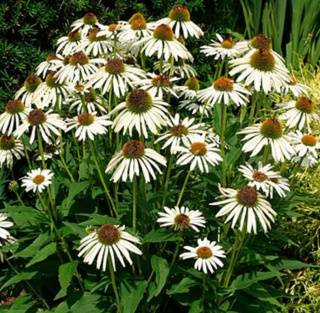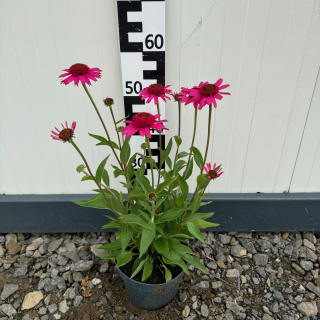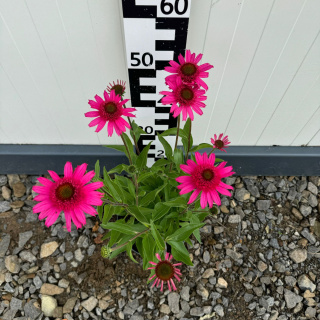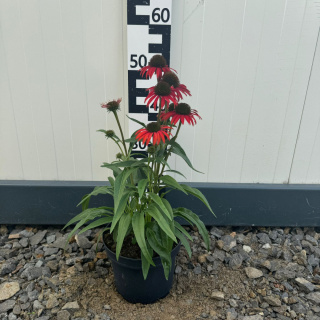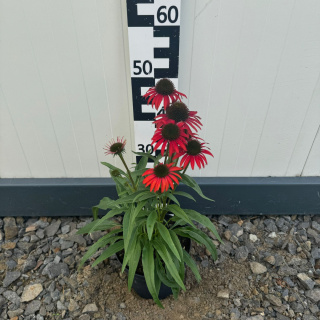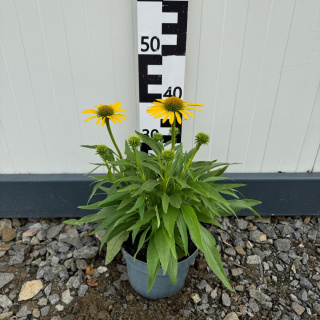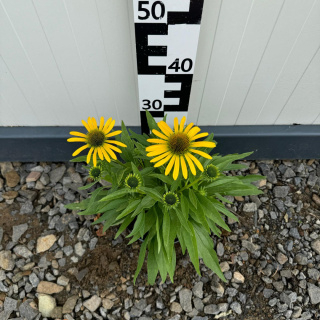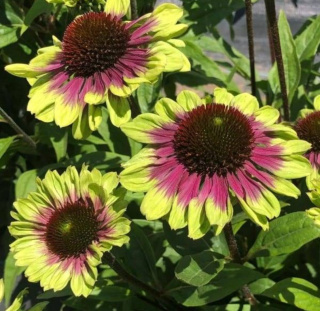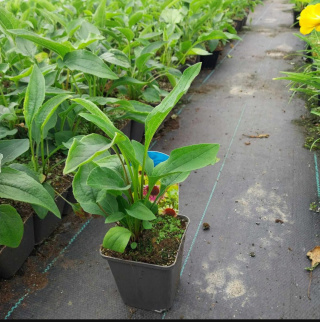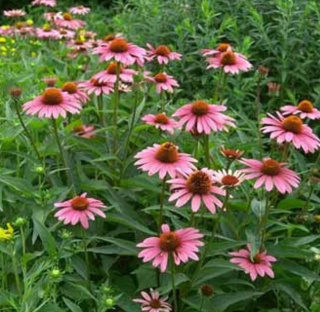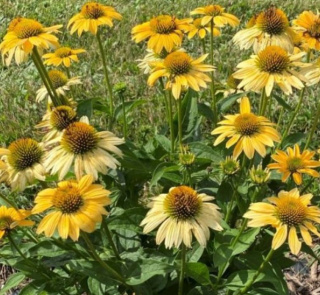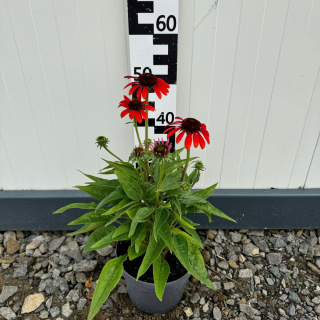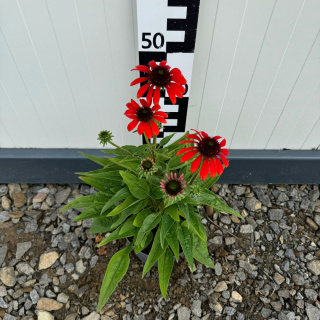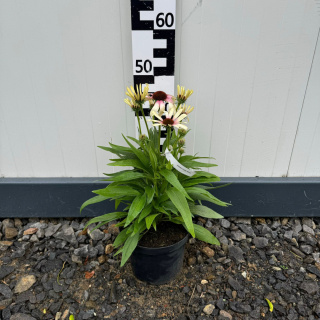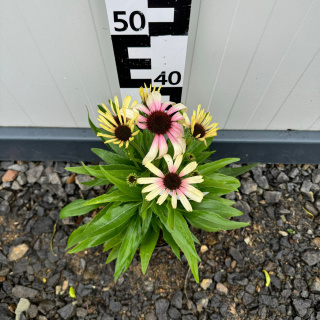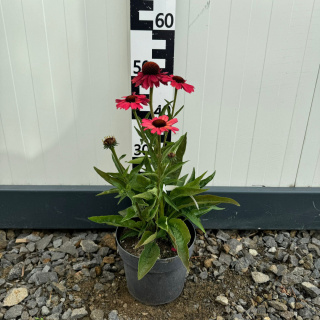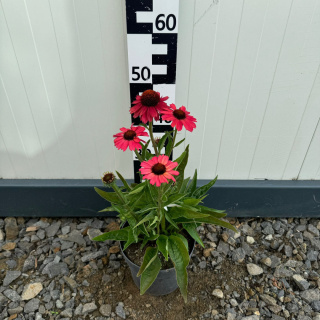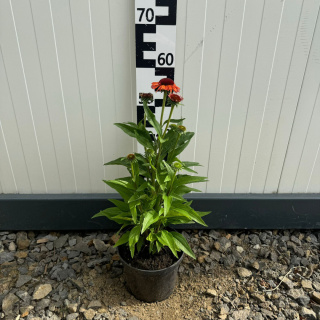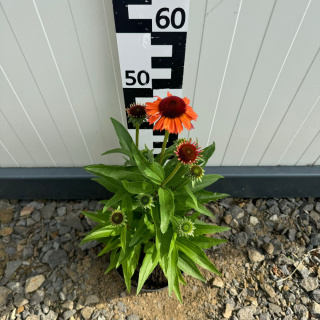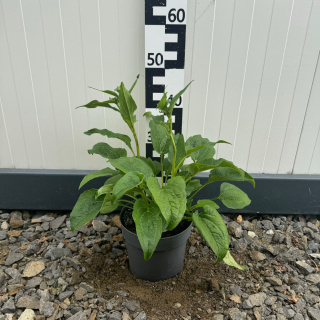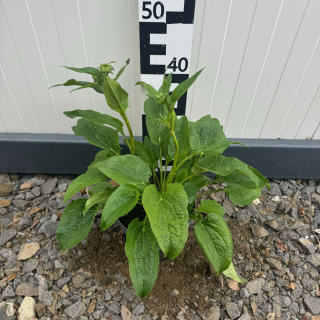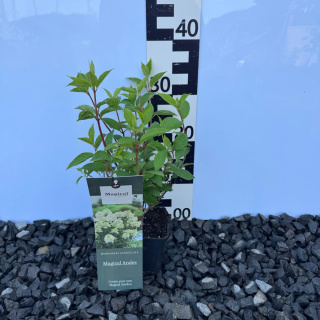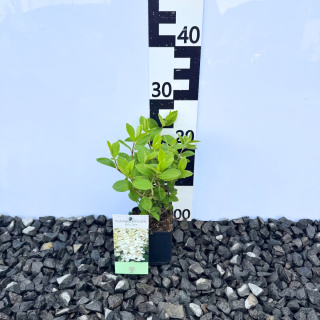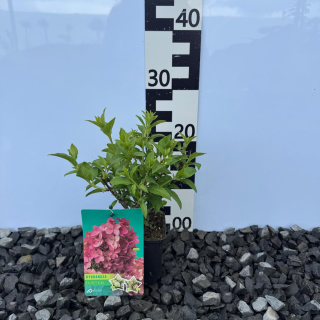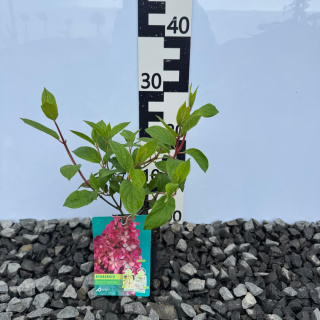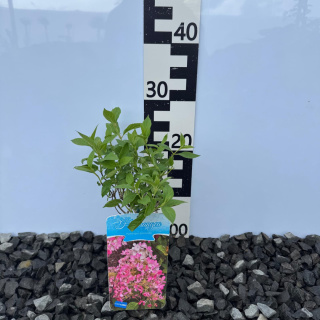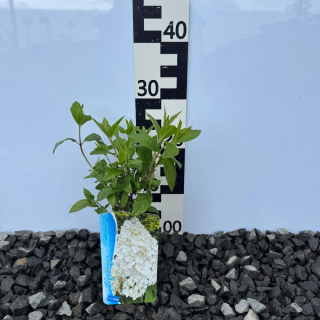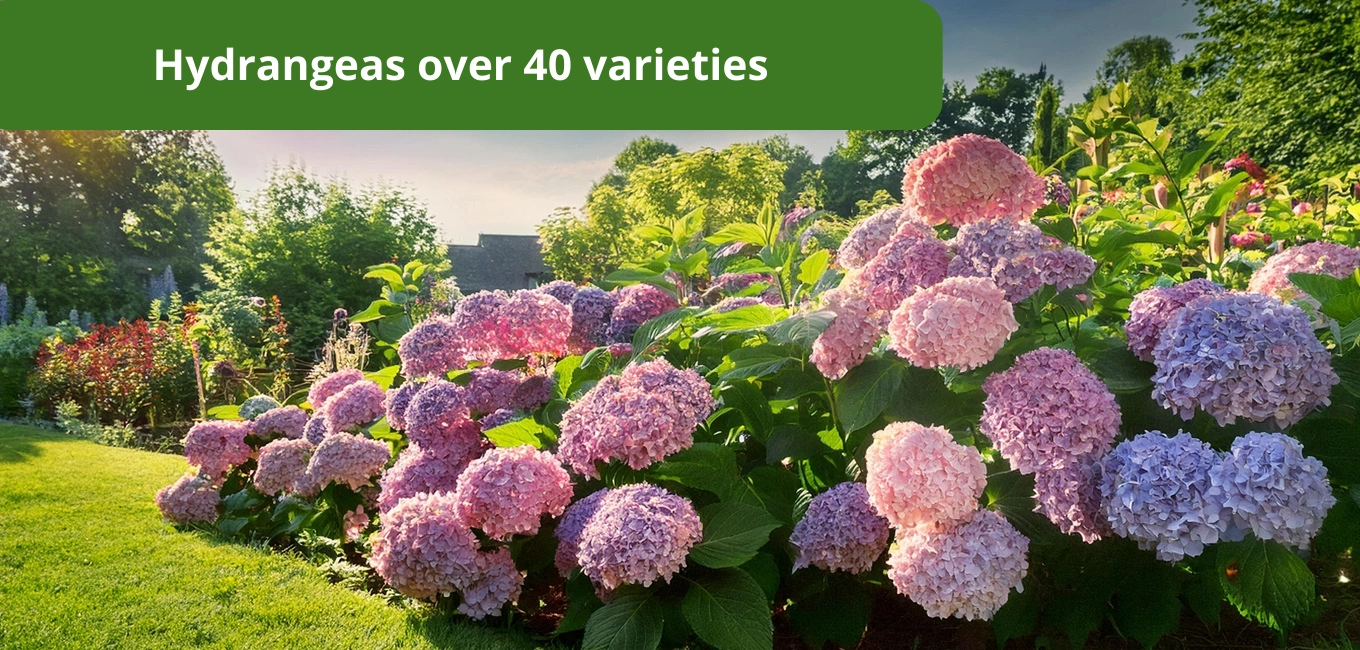Echinacea
Number of products : 12Echinacea is a striking perennial with large, colorful flowers, attracting butterflies and bees. It blooms from summer to autumn, adding vivid colors and natural charm to the garden.
| This product is currently not available |
| This product is currently not available |
| This product is currently not available |
| This product is currently not available |
| This product is currently not available |
| This product is currently not available |
| This product is currently not available |
| This product is currently not available |
| This product is currently not available |
| This product is currently not available |
| This product is currently not available |
| This product is currently not available |
Echinacea is a perennial ornamental plant from the Asteraceae family, native to North America. Prized for its impressive flowers and health-promoting properties, it has become a popular choice in gardens around the world.
Characteristics:
-
Flowers: Large, up to 15 cm in diameter, with a characteristic convex, spiky center surrounded by ligulate petals in colors ranging from white, through pink, red, to yellow and orange. Flowering lasts from July to October, and even longer, depending on weather conditions.
-
List: Lanceolate, rough to the touch, forming a dense clump at the base of the plant.
-
Cut: Erect, stiff stems reaching a height of 60 cm to 1.5 m, depending on the variety.
Cultivation requirements:
-
Position: Solar; Echinacea grows and blooms best in full sun, but it also tolerates partial shade.
-
Soil: Permeable, moderately fertile, with a slightly acidic to slightly alkaline pH. The plant tolerates different types of soils, provided good drainage.
-
Humidity: Moderate; Echinacea is resistant to periodic droughts, but young plants require regular watering until rooted.
-
Frost resistance: Fully frost resistant; tolerates Polish winters well.
Care:
-
Watering: Regular in the initial period of growth; After rooting, the plant tolerates short-term droughts well.
-
Fertilization: In spring, it is a good idea to use a compound fertilizer for flowering plants to promote lush growth and abundant flowering.
-
Trimming: Removing faded inflorescences stimulates further flowering. In autumn, it is recommended to prune the shoots just above the ground, which will prepare the plant for winter dormancy.
Garden Use:
Echinacea is perfect for perennial beds, naturalistic and prairie gardens. Its intense colors and magnificent flowers are an attractive accent in compositions with ornamental grasses, rudbeckia or sage. It is also valued as a melliferous plant, attracting pollinators, which supports biodiversity in the garden.

